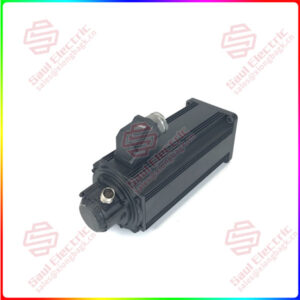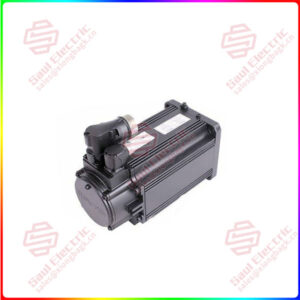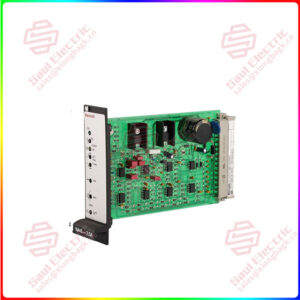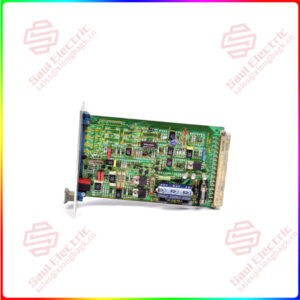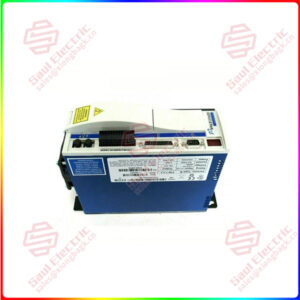By means of this controller module, simple position or velocity controls can be represented in connection with Bosch Rexroth servo cylinders with analog position measurement systems (potentiometer). As the entire signal processing is analog and the module is only equipped with the necessary features for the set-up of controls, the costs for the drivecan be kept low. There is moreover the particularity that the module can be internally switched to velocity control (front plate) and one version is in each case offered for voltage interface and current interface, referring to the command and actual values.
Position control
Command and actual value of the position are compared and the deviation is forwarded to the valve amplifier. In case of an abrupt change of the input signal, the system will react with maximum dynamics. The times for accelerating or braking a load are either limited by the available power or the system gain. With a ramp function as input value, the load is moved with a constant velocity
Velocity control*
Command and actual value of the velocity are compared and the deviation is forwarded to the valve amplifier. The signal is amplified by integration so that even smallest errors are compensated.
With a ramp function as input signal, there is a gradual acceleration and/or deceleration with a constant value.
* Only possible with tachometer (speed indicator).


 1 Year Warranty
1 Year Warranty

